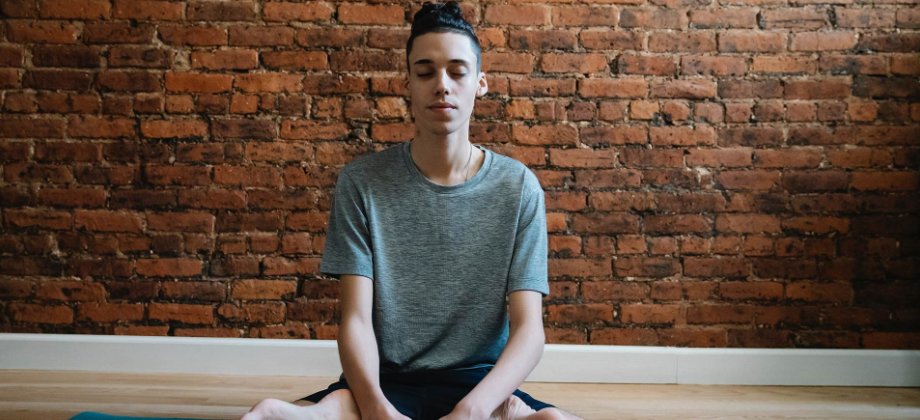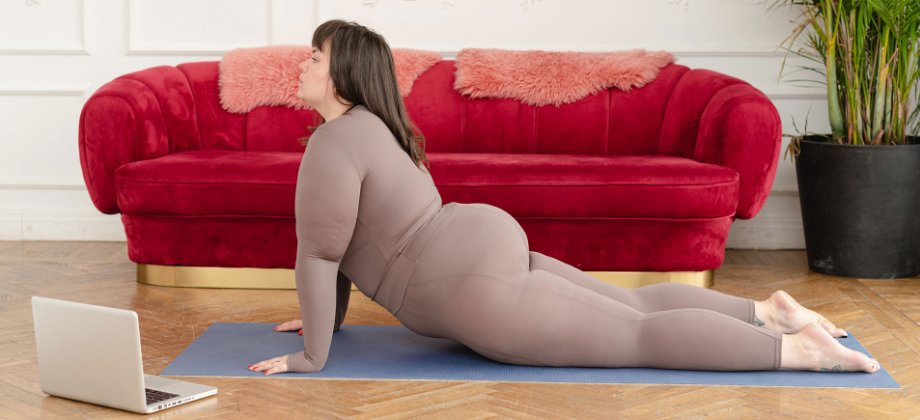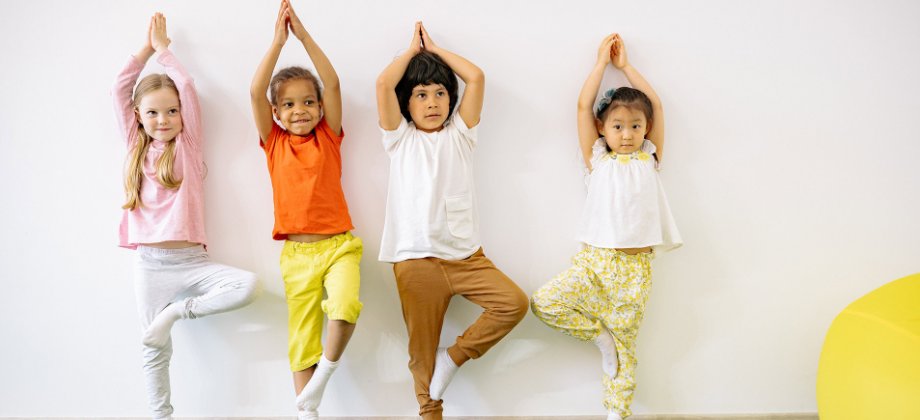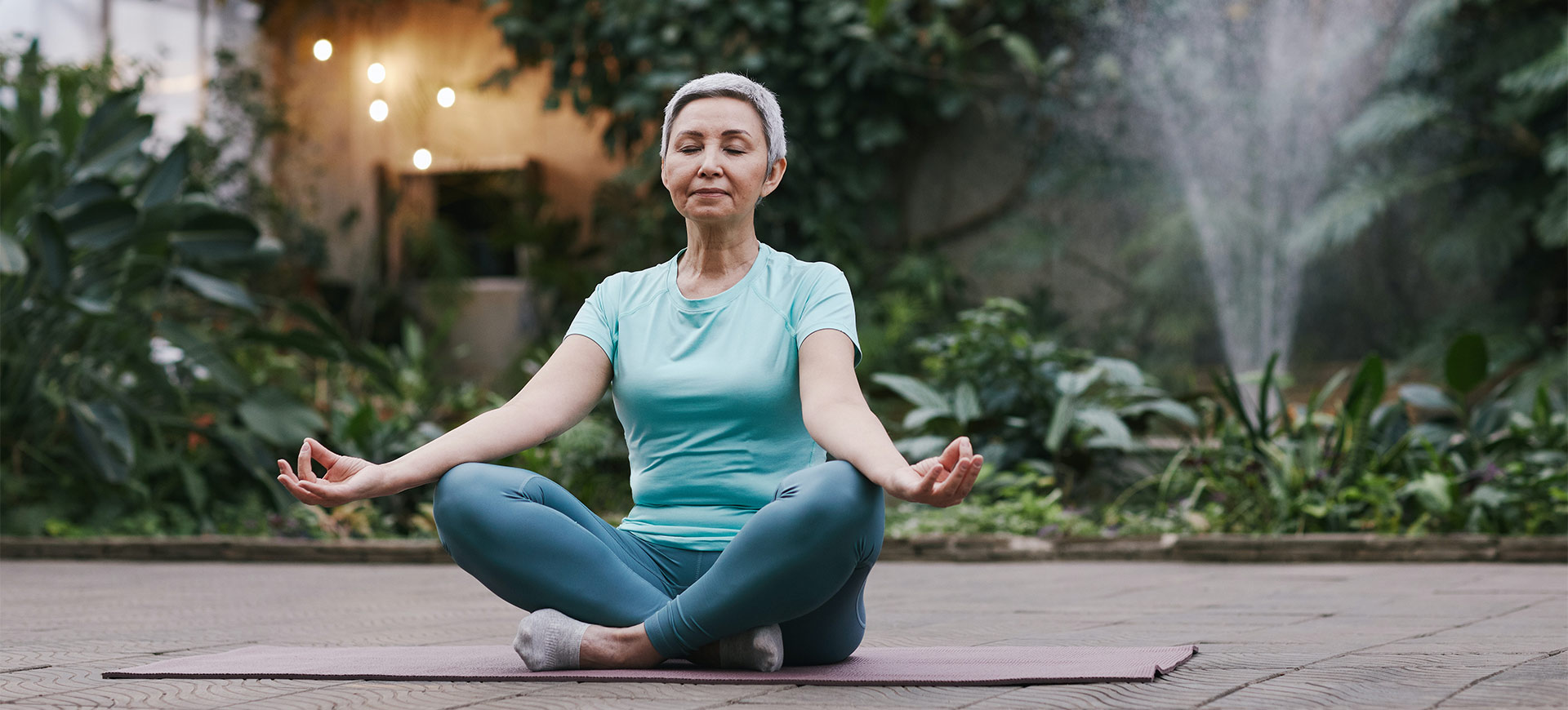
How to Hold Yoga Classes for the Elderly
We all say the same thing: Yoga is for everybody. Yet most classes seem to be filled within the professional working age or younger. Is it because most of us teachers have mixed skill levels and ages in our classes? Is it because we don’t have specialized training to teach the golden aged yogis? Maybe a bit of both? How do we hold classes for senior yoga practitioners? Is chair yoga the only option or can we deviate? These are just some of the topics we will be discussing in this article.
My first real yoga class had an age range of 52-82. In 2015 there weren’t many yoga teacher trainings for seniors so I had to study on my own. Through my hard work, I picked up a few approaches to creating classes for this age group. Needless to say, they have given me great results. In 3 years, my yogis have improved their quality of life and I have gained the experience to go into a niche market for myself. Through these simple tips below, teaching seniors won’t be as overwhelming and can be as fun as your adult age classes. So let me share some of my pointers with you!
What makes teaching older yogis special?
Having a senior yoga class can be abundantly fulfilling. When you see their progress unfold and their lives or movements get better on and off the mat; that feeling that you as a teacher have contributed to that person’s well-being is priceless. From a business point of view, creating special classes for the elderly opens up a new client base whether you are a studio owner or an independent teacher. Senior yogis have the time to dedicate themselves to your classes, a network of friends and family that can grow your clients, all of which can open up a lot of possibilities.
More importantly, the improvement you will see in your yogis is immensely fulfilling.
Preparing a yoga class for the elderly
When preparing for a senior yoga class, keep in mind that most of them will have limitations. Instead of preparing for a class with a peak pose or challenging your yogis, focus on mobility and developing their body awareness. Read up on anatomy and physiology to sequence classes better. Another thing you could do is modify difficult poses like chaturanga, downward facing dog, and upward facing dog– poses that can be hard on the joints (especially the knees and hip) and lower back. Have props like blocks, straps, and chairs to make poses more accessible. I would recommend varying between methods and not get stuck with only using props or assisted yoga. Elderly practitioners eventually get bored, moreover progress in their practice. So change things up from time to time. This may seem a bit overwhelming when we add them up with all of the things you have to be aware of with this age group. It will get easier. The first class is always the hardest class to teach but remember most of your yogis are trying yoga for the first time so above all try to prepare for a class that gives a good impression to your new yogis.
Be available for communication
Always ask how everyone is feeling before and after the class and maybe even start a chat group via WhatsApp or another platform. With Elderly Clients, we need to remember that they thrive on building community more than most age groups. Imagine, they are slowing down, losing friends, all while things around them are changing at a faster rate. Nurturing that need to belong, and be validated as an active member in society is vital. Next, our yogis will have many questions as to how yoga will help them with their issues. While you won’t always have the answer–and that’s ok. Refer them to the professional that they’ll need to consult with. Be very clear on what the yoga practice is and what it’s not. Convey that yoga isn’t a cure for physical issues but a supplemental discipline that may help but not replace a medical professional’s recommendations. In addition, by keeping lines of communication open with your yogi, you’ll be able to keep track of everyone’s progress and plan, your classes will have more fluidity as you get to know your yogis as they open up about their issues, how they feel as they incorporate yoga into their lifestyle, etc. In turn, you will learn about their bodies and use their feedback as inspiration for your further classes.
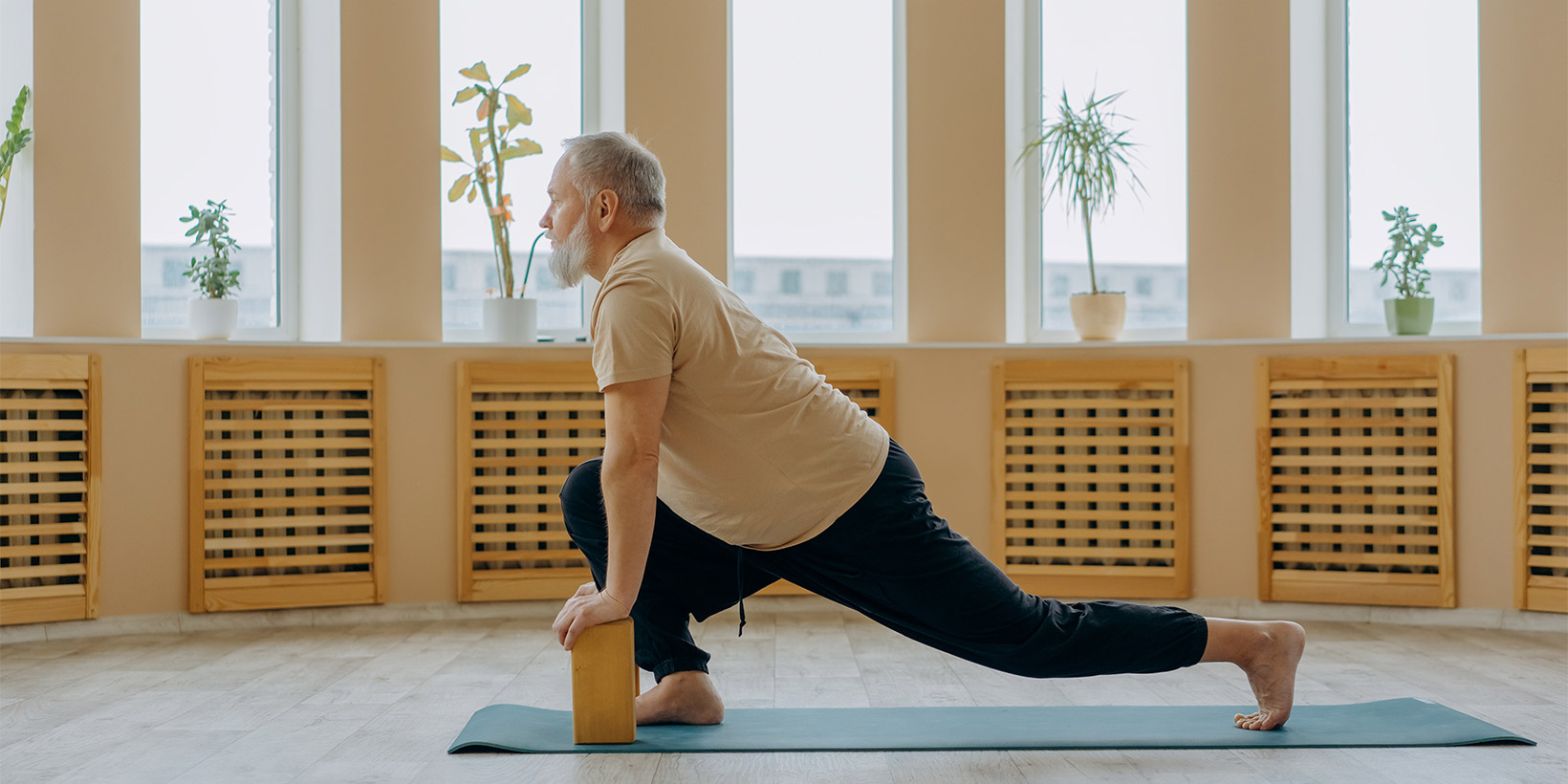
Think on your feet
Always have rest periods in between your strength poses or dynamic movements. Have an eye out for signs of pain and adjust accordingly. If you find that your yogis are a bit tired in the middle of your session, change it up. As we’ve said above, these yogis can have their limitations, probably more so than average yogis. A senior yogi may have good mobility but have cardiac issues or breathing issues, another yogi may be healthy but with knee pain. When this happens, pull back on your strength poses and have restorative poses on hand. Your yogis will have their good days and bad days so watch out for signs of pain or fatigue. You can always go back to child’s pose or any resting asana. Remind them that they can always take a break at any point they feel tired. During this rest period, you can also explain the details of the pose and tell them about the benefits of a certain asana or have a mini pranayama session in between sets to bring their pulse and breath back to normal. Don’t worry about whether you are deviating away from your class plan or other negative thoughts that may arise. Just because we go back into stillness doesn’t mean that our class isn’t working. It just means that we are listening to our bodies.
Cooling down and Savasana
As your yogis end their yoga session, provide blankets, bolsters, and pillows to make your senior yogis feel as comfortable as possible and can accommodate their preferred lying position. Senior practitioners are prone to feeling uncomfortable when catching cold airflow and not all of them will feel comfortable laying flat and face up. Take the restorative period to guide your yogis in their meditation to ease them into savasana. Some of them might be first-timers in this so breaking down and explaining a meditative practice is important. This helps them become immersed in the experience as well as witness the benefits of savasana for themselves.
Let’s recap! Teaching yoga to the elderly is quite a special venture because it offers us a niche market. More importantly, the improvement you will see in your yogis is immensely fulfilling. Prep for a class that focuses more on fluid movements than a challenge. Watch out for common issues in senior clients that may involve the joints, hip and heart. Harness a sense of community with your yogis by keeping lines of communication open. Senior yogis will often have questions and it’s up to you to guide them into their practice or refer them to a medical professional if needed. Remember, we are not here to diagnose or give a medical opinion. Always have a backup plan in case some yogis are having a bad day or showing signs of fatigue. Remind them of the resting poses they could take at any point during the class. And lastly, make sure your senior yogis are as comfortable as possible during your meditation sessions. Provide the necessary equipment to make sure they are warm and in their preferred lying position in savasana. Guide them thoroughly during their meditation so they know what to expect.
Golden-aged yogis are a little different from teaching adults to middle-age groups but not by much. It’s just at a different pace. When I started teaching seniors, I thought that I wasn’t taking advantage of my time in class because we always stopped to rest. As we moved forward together into our yoga practice, I realized that those moments in stillness were part of the journey itself.

